True Religion
To sell spirituality as a lifestyle brand, Timur Si-Qin draws on wellness culture, crypto, and other ways to find meaning when old values fall short.
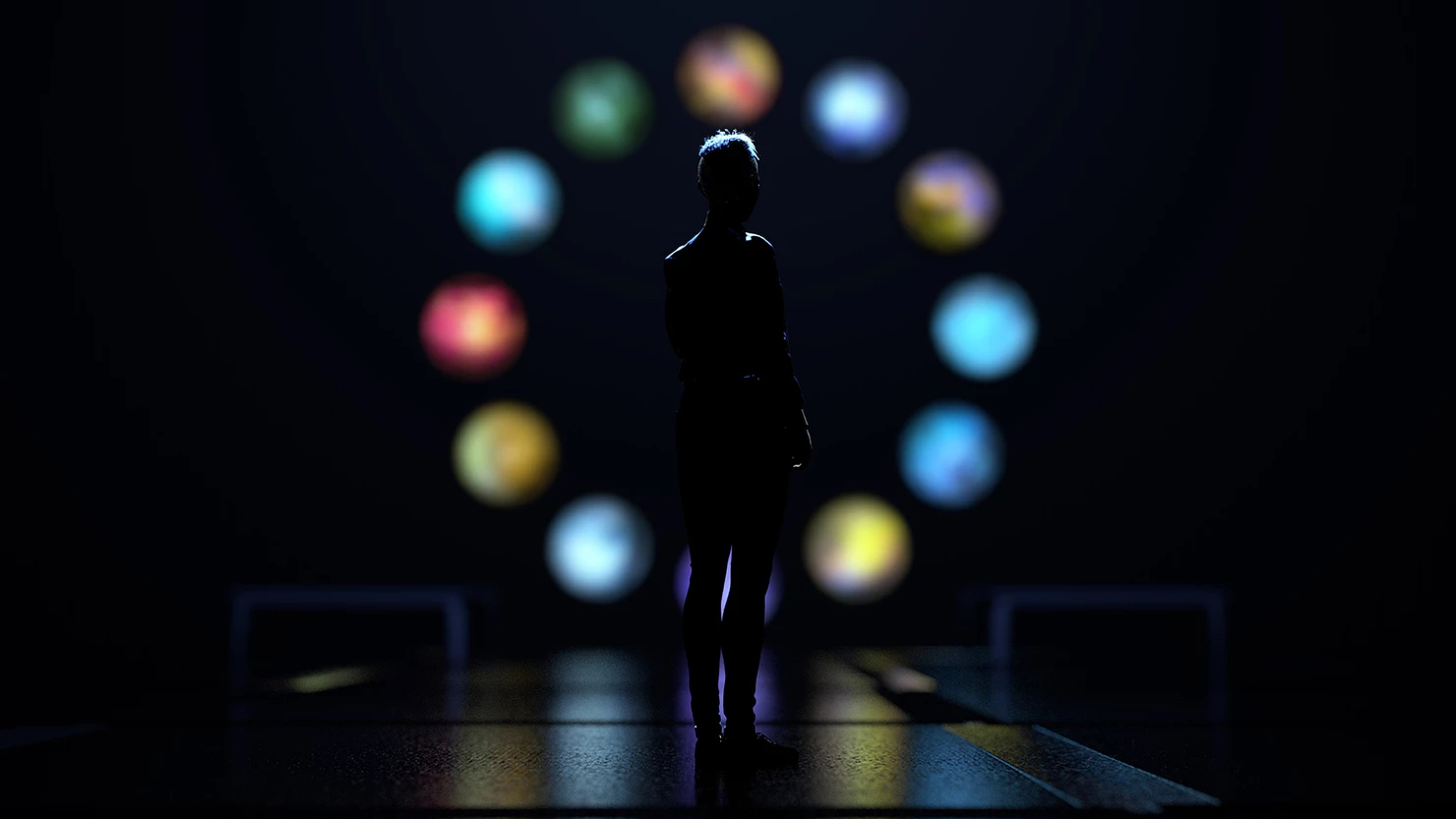
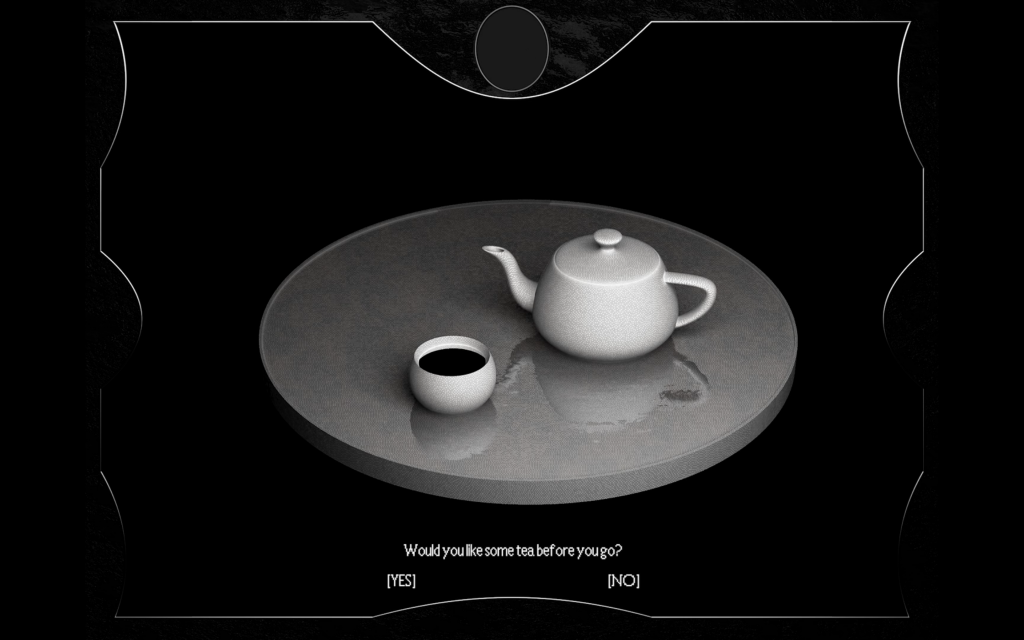
In 2013, LaTurbo Avedon showed 3D prints of digital sculptures in “New Sculpt” at Transfer Gallery and priced them in Bitcoin, a gesture that underscored a commitment to virtual community and decentralized economy. Subsequent video works explored the aesthetic conventions of game environments. Your Progress Will Be Saved, Avedon’s interactive installation in Fortnite Creative commissioned by the 2019 Manchester International Festival, was visited by millions of players from around the world. It was a profound demonstration of the potential for artists to communicate with public beyond the art world through the visual and social lexicons of online gaming. In their latest blockchain-based work, Avedon continues to seek out new ways of demonstrating user agency through simulation-based worldbuilding.
In Materia, Avedon wrestles with the shifts brought about by NFTs and how they enable a plurality of community-led worlds. The metaverse, they assert, is inherently DIY, and should never be limited to corporate manifestations. Materia is part of a grand design to unveil a fully interactive, three-dimensional virtual world. But it is still in initial phase, existing as a series of tokens, which like the project as a whole are referred to as “materia.” What collectors do with them determines which tokens are released next. These functions follow a set of rules called the “System,” the mechanics of which are known only to the artist. Each step in the process is tracked on a ledger that anyone can read on the project’s site, materia.ooo.
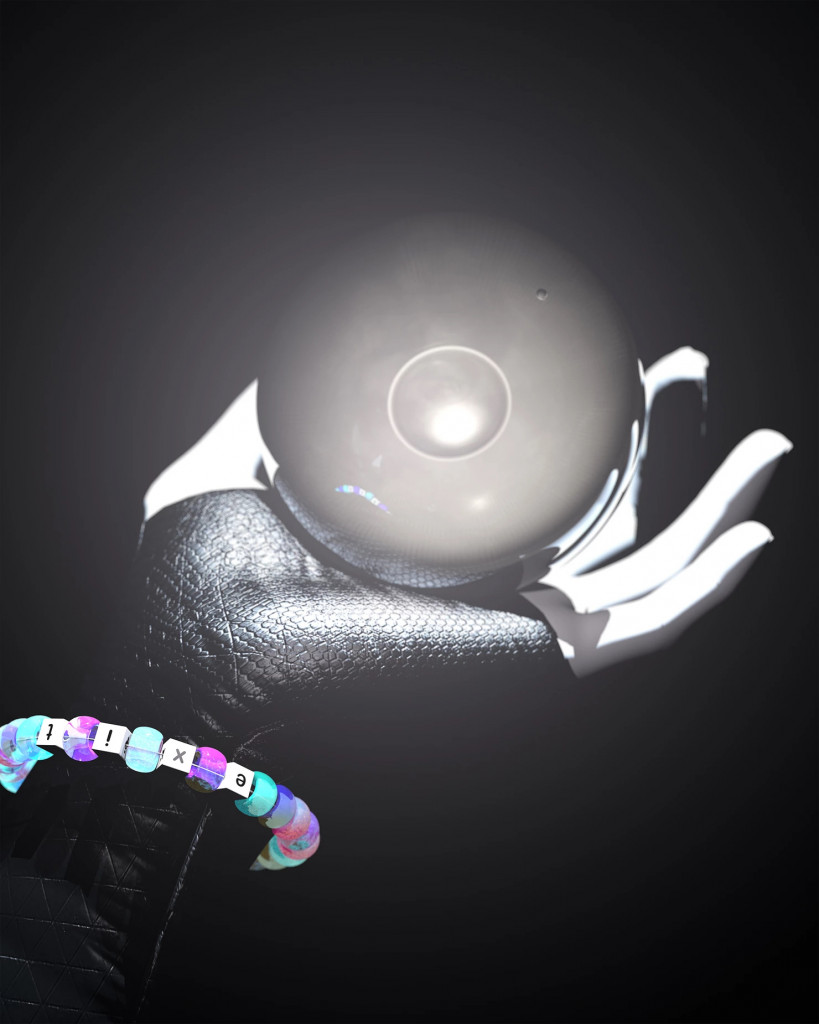
Materia began when a cryptic message appeared on the site on October 18, 2021:
[CELESTIAL] has been socketed into [Font I].
[Font I] remembers [ARIES I], [TAURUS I], [GEMINI I], [CANCER I], [LEO I], [VIRGO I], [LIBRA I], [SCORPIO I], [SAGITTARIUS I], [CAPRICORN I], [AQUARIUS I], [PISCES I].
Avedon minted those twelve tokens named for signs of the zodiac—all orbs of billowing, semi-opaque color, rippling as if seen through warped glass or water—on the NFT marketplace Institut. Another materia, similar in form but colorless, titled [CLEAR], was minted on Foundation, where it was purchased by artist Rhea Myers. Within Materia’s System, Myers was given the moniker “Exit,” a name that Avedon assures will acquire significance and functionality as the project develops. Next, a new image appeared on the ledger at materia.ooo: the just-sold [CLEAR] rests gingerly on a bodiless hand, which wears a bracelet spelling out EXIT in translucent, multicolored neon beads. For now, this image-object is the only visible manifestation of the event’s impact.
No longer just keepers of jpegs, collectors of materia hold the power to determine the project’s trajectory for the entire community.
“Materia are these perfect little artifacts that playfully tick all of the boxes of what a NFT needs to do,” Myers said in an interview. “They need to signal value, but also substance, time, and action, while also being a tangible object that you own and can hold on to.” She sees each work “as an element of the periodic table rather than a master key.” In addition to materia, collectors can purchase another kind of NFT, called “slots.” Pairing a materia to a slot is, in Avedon’s lexicon, a “socketing event” —an on-chain interaction that irrevocably changes the course of the System’s development. No longer just keepers of jpegs, collectors of materia hold the power to determine the project’s trajectory for the entire community. “Materia is not just a participatory project,” Avedon said in an interview with Benoit Palop. “It operates on a level of generative mythos that can be followed and explored as it develops over time.”
As new materia are minted as the result of the purchasing and socketing, Avedon updates the CGI introductory video. Right now, [Materia] Sequence 1 begins with a 3D rendering of a teapot in a room. Computer graphics nerds will recognize this as the Utah teapot in the Newell room—an early example of 3D graphics being positioned in space. The model of the teapot is still commonly used to test angles and distances in simulated environments. Some consider it to be the most widely distributed 3D model of all time—a cornerstone of cultural infrastructure and an example of how an open-source project laid the foundation for innumerable crowd-created realities. Even in this early introduction to what looks to become a monumental piece of interactive, community-based digital artwork, the artist’s cheeky commentary on the history of simulated environments and media aesthetics rings clear as a bell: we hold the tools to build the world we want.
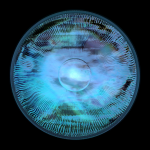
Experiencing Materia is a slow burn, like playing a long, involved RPG. Though Avedon has never explicitly made the connection, the term “materia” conjures one such game: Square Enix’s Final Fantasy VII, a genre-defining RPG released in 1997 for Sony’s PlayStation system. In the game, materia are elemental artifacts that can be equipped to players’ weapons and equipment, offering boons such as stat increases or the ability to cast powerful magic spells. FFVII is story of extreme environmental collapse and staggering economic inequality, set in a world controlled by the evil Shinra Corporation. Given the aspirations of Materia to be a grassroots virtual world, it’s hard not to see a parallel between Shinra and Meta, following Facebook’s rebranding and pivot to the metaverse.
The metaverse is not something that should ever be consolidated to one space or platform, but should always be dynamic, ever-changing, and infinite—built by the creativity of its inhabitants.
Blockchain technology promises egalitarian decentralization in a world of hegemonic control. But so far it has only given a new technological form to those same damaging systems. Most art sales in crypto are concentrated on a small number of platforms, and minted on an even smaller number of blockchains. Meanwhile, the big five tech companies are making moves to colonize virtual space even more so than they already have. This goes against the original motive for blockchain, as well as early utopian ideals for what the internet could be. The metaverse is not something that should ever be consolidated to one space or platform, but should always be dynamic, ever-changing, and infinite—built by the creativity of its inhabitants. Materia crystallizes these ideals, asking collectors to become builders of something virtual but real that evolves organically out of the community’s ethos.
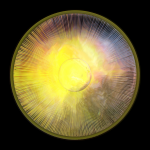
To encapsulate this concept, Avedon coined the term “exo,” which they defined in a tweet: “decentralized simulations that firmly reject the corporate metaverse.” They are calling for a commitment to the crowdsourced development of virtual space—for a metaverse determined by the real choices of people. Materia leads by example. It is a framework for building and realizing a decentralized, independent simulation. If we don’t start thinking about our future in terms of exo rather than metaverse we are doomed to continue down the spiral of the extraction economy. Materia is a metaverse-based project that is aesthetically, conceptually, and functionally about the metaverse. Whether audiences are ready to take the leap and go on this journey with Avedon remains another story; this is not the first time that the artist has been a few years ahead of their time. Their practice is deliberate, sharp, and multilayered. Understanding it requires literacy and lived experience in simulated worlds. Though still in its infancy, Materia stands as the most astute critique of our brave new blockchain world—a critique enacted in the raw vernacular of a shared reality.
Wade Wallerstein is an anthropologist from the San Francisco researching communication in virtual spaces.
